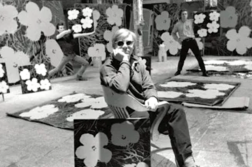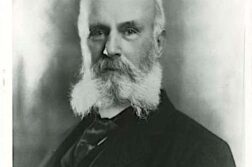IN THE PERIOD of the first reports of the new syndrome of immune deficiency (1981 to 1985), before we were certain about the primary role of HIV in the epidemic, sides were taken about putative cause(s), and about what the future held for the epidemic, gay sexual life, and the gay community in general. The range of viewpoints fell into several discernible camps.
First, there was Larry Kramer’s view, which he had already laid out in his 1978 novel Faggots, the image of gay men as obsessed by sex and fucking ourselves to death. Implicit in Kramer’s critique was the assumption that AIDS, the latest and deadliest in a series of STD epidemics in the gay community, was the inevitable culmination of it all.
A second perspective was that of Michael Lynch of Toronto’s paper The Body Politic, who held that the medical profession was trying to re-pathologize gay men following the declassification of homosexuality as a mental illness by the APA in 1973, which came after a century of diagnosis and treatment. Lynch’s view was that homophobes, erotophobes, and some physicians, explicitly including Larry Kramer and me, were trying to foment a “sex panic” about an epidemic whose seriousness was being greatly exaggerated. (Lynch later became an AIDS activist.)






